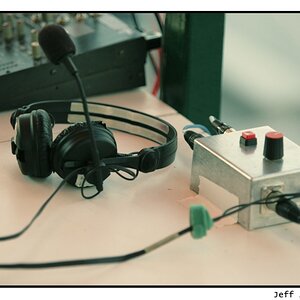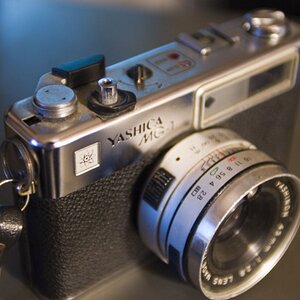LouisRG
TPF Noob!
- Joined
- Feb 28, 2018
- Messages
- 25
- Reaction score
- 2
- Location
- Exeter, UK
- Website
- www.louisrg.com
- Can others edit my Photos
- Photos OK to edit
Here's what I normally do...
1. Put roll in and pull across the film to the spool on other side.
2. Make sure it's hooked on the spool and advance. Press down the rewind knob so the film is in place.
--- If the door is still open at this stage and I press the shutter, will that ruin the film? As you can tell, I'm a complete novice, but I don't want to ruin too many rolls.
People I've been around have told me that if the door is open when you press the shutter to expose the film then it ruins it. Is that the case?
1. Put roll in and pull across the film to the spool on other side.
2. Make sure it's hooked on the spool and advance. Press down the rewind knob so the film is in place.
--- If the door is still open at this stage and I press the shutter, will that ruin the film? As you can tell, I'm a complete novice, but I don't want to ruin too many rolls.
People I've been around have told me that if the door is open when you press the shutter to expose the film then it ruins it. Is that the case?



![[No title]](/data/xfmg/thumbnail/42/42023-bdd979ff50e78cc28479297780caeb90.jpg?1619739981)


![[No title]](/data/xfmg/thumbnail/42/42017-05f80a89ca2890969b5dc7cc47872581.jpg?1619739979)

![[No title]](/data/xfmg/thumbnail/42/42494-ba608b57b09b00c0ee005a2360a510f5.jpg?1619740198)



![[No title]](/data/xfmg/thumbnail/37/37602-1ef8dbb1c2d0e4ff347ee65d328c3603.jpg?1619738147)
